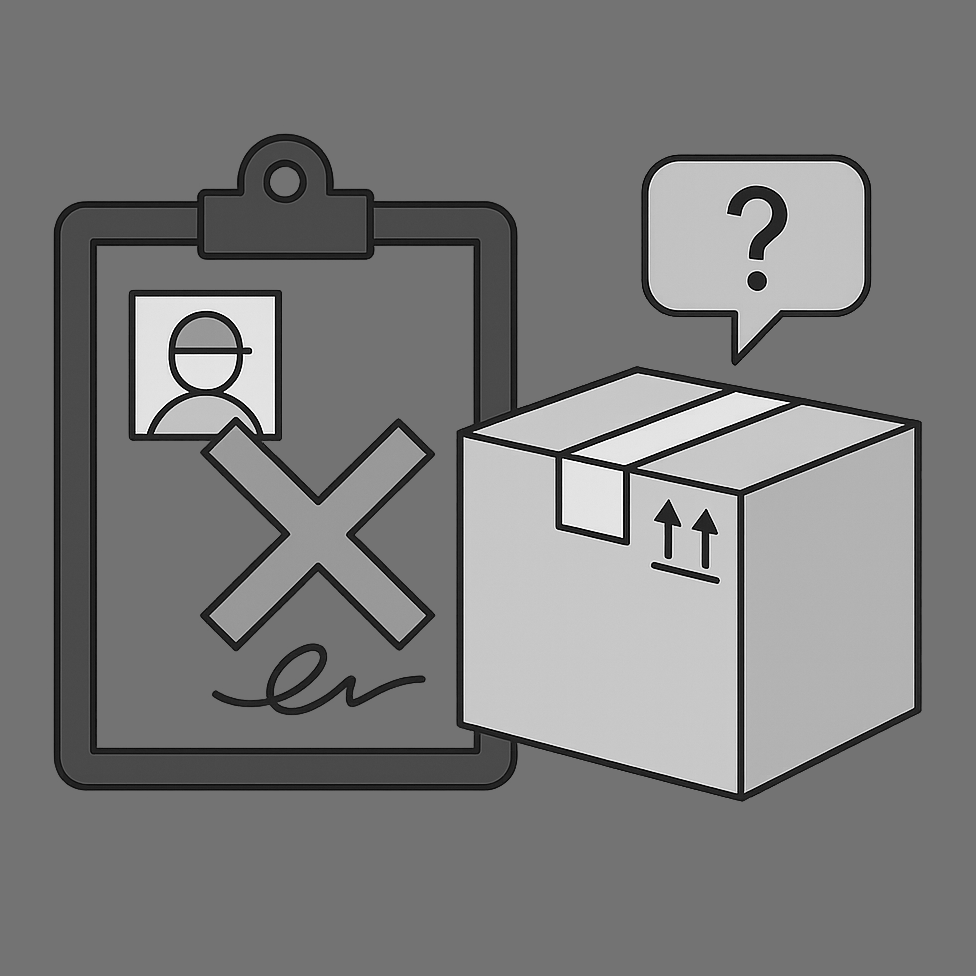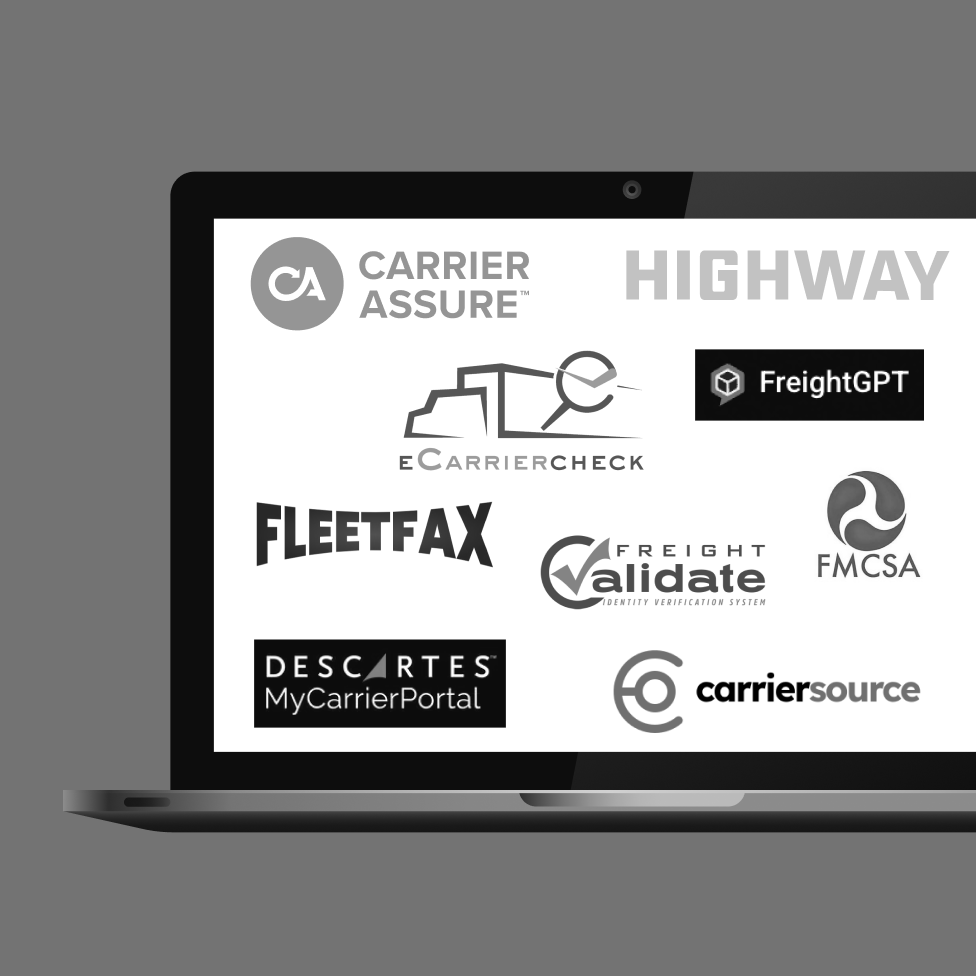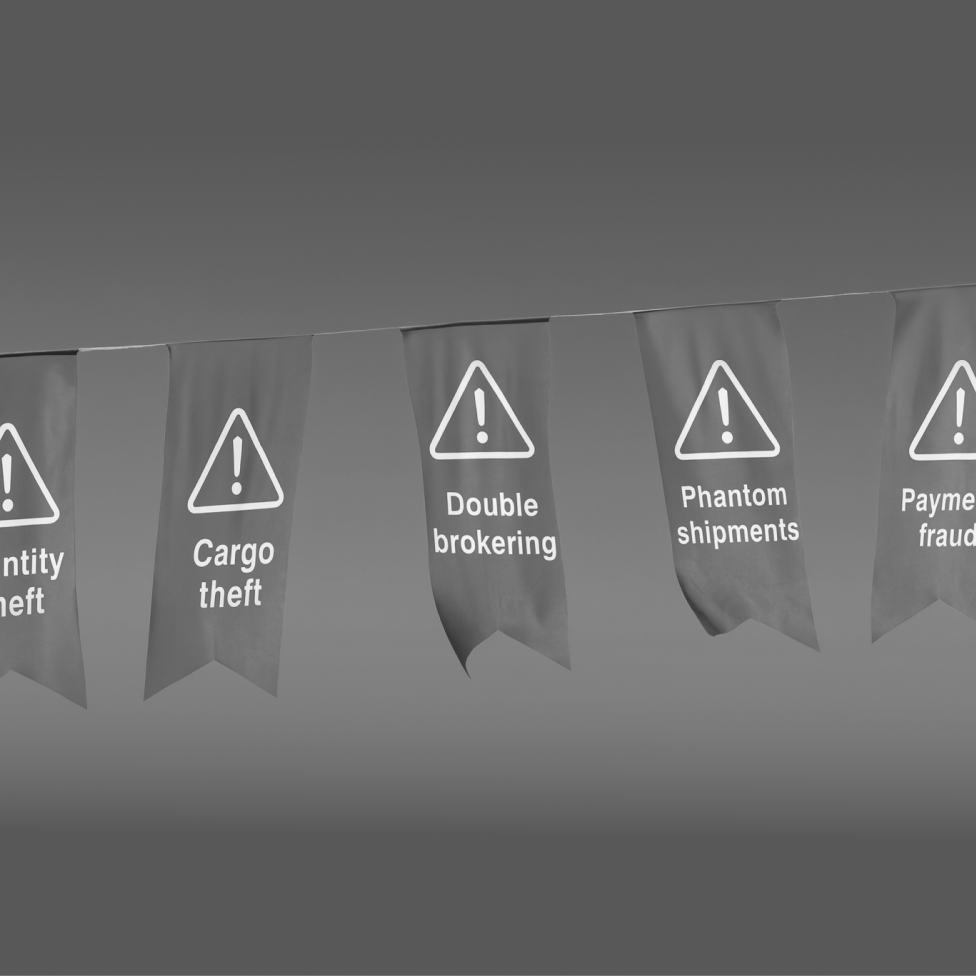1. Using off-brand messaging in collections can confuse shippers and delay payments; customize your communication for clarity.
2. Improper follow-up timing, whether too frequent or too sparse, can frustrate shippers. Tailor reminders based on shipper preferences.
3. Sending invoices to the wrong contact causes delays. Ensure you have the right billing contact and keep your list updated.
Service and reliability are the baseline for keeping and growing your business. In fact, 68% of shippers in the 2025 Pulse Report said these are the most important factors when choosing to work with a broker or carrier.
Most people think of on-time pickups, smooth deliveries, and clear updates when they hear "service and reliability." But there’s one part that often gets overlooked—collections.
Service doesn’t stop at delivery. It carries all the way through to getting paid. That’s the part that keeps your business running.
Many brokers and carriers forget this. Shippers don’t. They feel it when the collections process is clunky or aggressive.
At the TMSA Elevate conference, Bill Herring from the Quikrete Companies said it best:
“You can go out and win a deal. But it’s your back-office that’s going to keep the business.”
If your AR collections process is confusing or unprofessional, even great service on the road won’t save the relationship. It can slow down payments—or worse, cost you a shipper.
Here are five common accounts receivables collections mistakes that freight companies make—and what to do instead.

We surveyed nearly 100 shippers to understand what drives their decisions and frustrations. Price matters—but service, communication, and back-office ease matter more.
1. Using generic or off-brand messaging
According to our 2025 Shipper Pulse Report, the top collections complaint from shippers is getting emails from an unknown third party.
This often happens when your factoring company or AR vendor sends the messages on your behalf. While it’s smart to use outside support—especially as you grow—you still need to make it clear who’s behind the invoice.
Here’s how to fix it:
- Offer an onboarding call. When starting a new shipper relationship, include your collections partner in a quick intro call. This builds trust and sets expectations.
- Send an intro email. Share a one-pager about your vendor’s process. Let your shipper know who they are and why they’re part of the process.
- Use co-branded invoices. Add your company’s logo and messaging to the invoices—even if they’re coming from a third party.
- Copy yourself or your team. Include your name in the email chain to connect the dots between your business and the vendor.
If you're using Denim, you can fully customize collections messages by shipper. That means branded emails, tailored language, and no confusion.
2. Sending follow-ups too frequently (or not at all)
Follow-up timing matters. There’s no one-size-fits-all answer, but we’ve found that the extremes cause the most problems.
Too many reminders—especially before the invoice is due—can frustrate your shipper or land you in spam. But sending no reminders at all can lead to missed payments.
Instead, try this:
- Ask about their AP process: Do they cut checks weekly? Only on certain days? Ask what they prefer and build your follow-up schedule around that.
- Watch their behavior: If they always pay on time, you’re doing fine. If they’re often late, you may need to follow up sooner or more often.
Working with a vendor that lets you adjust follow-up cadence by shipper is key. Denim lets you set the timing that works best for each customer.
A structured collections and payables process not only helps shippers plan ahead—it ensures your team isn’t stuck chasing checks at the last minute.
3. Contacting the wrong person or department
One of the fastest ways to delay payment is sending an invoice to the wrong person. It’s more common than you think—and usually a simple mistake.
Sometimes invoices are sent to your day-to-day contact instead of the billing team. Other times they go to a generic inbox that no one monitors closely. In both cases, the invoice sits unopened, and payments get delayed. Then the frustration starts—on both sides.
Here’s what to do instead:
- Get the right billing contact upfront. As soon as you onboard a new shipper, ask who handles payments. Get the full name, direct email address, and any instructions they want followed.
- Audit your contacts regularly. Roles change. People leave. Make it a habit to check your AR contact list every 6 to 12 months to make sure you’re sending invoices to the right person.
- Copy others when it makes sense. Include your main point of contact and yourself on invoice emails. This creates visibility across teams and helps you troubleshoot quickly if something goes wrong.
The key is to work with a vendor that supports multiple contacts. Denim allows you to send collections emails with full customization—including who receives them—so you're always hitting the right inbox at the right time.
Denim’s automated solutions streamline your back-office operations. Explore our solutions to see how Denim can help your business scale efficiently.
4. Relying on manual processes
When collections are done manually, it’s easy for things to slip through the cracks. You might forget to follow up. Messages might be inconsistent. And it takes time—time your team could be spending on higher-value work.
Manual steps in your receivables collections workflow increase the chance of errors. Maybe someone sends a reminder too early, or to the wrong contact. It all adds up to slower payments and strained relationships.
Here’s what to do instead:
- Automate the process—but keep control: Automation doesn’t mean giving up oversight. Use a tool that lets you choose the branding, cadence, and tone of your follow-ups.
- Customize by shipper: Not every customer is the same. Some want a weekly nudge, others prefer reminders only after an invoice is late. With Denim, you can set rules for each shipper based on what works for them.
- Track performance over time: Review what’s working, where delays occur, and how your accounts receivables turnover days are trending. Use those insights to fine-tune your approach and avoid issues before they start.
Automation doesn’t just save time. It helps you build a more consistent and professional experience for your customers—which leads to faster payments and better relationships.
There's a better way

Collections may feel like a back-office task, but the way you handle them directly affects your bottom line.
When payment reminders go to the wrong person, show up too often (or not at all), or confuse your shipper with off-brand messaging, it slows everything down. And the longer it takes to get paid, the more your DSO increases—which means less cash on hand to run your business.
On the flip side, when collections are handled professionally and tailored to your shipper’s needs, you get paid faster. That means:
- Lower DSO
- Stronger cash flow
- Fewer follow-ups for your team
- Better shipper relationships
Take the time to audit your AR collections process. What’s working? What’s slowing you down? A few small changes can make a big difference in how quickly cash comes in—and how confident your shippers feel about working with you.
Want to see how Denim helps freight companies automate and customize collections the right way? Book a demo and take control of your cash flow.






